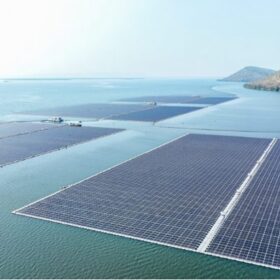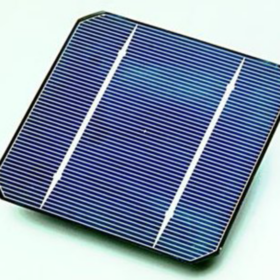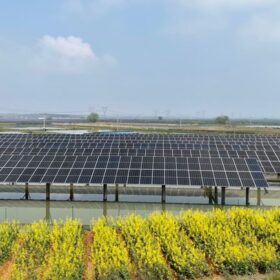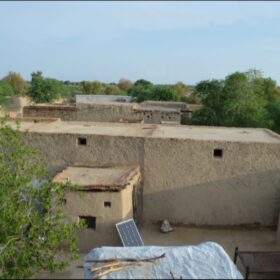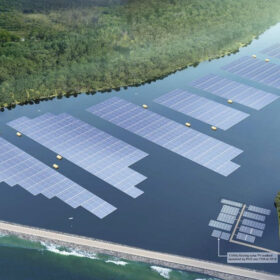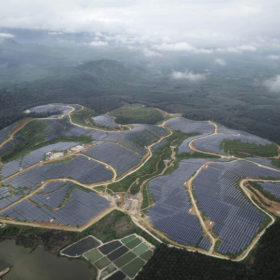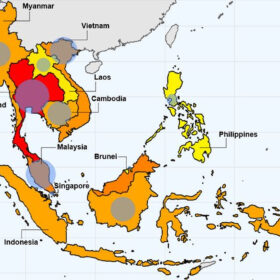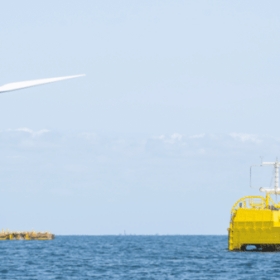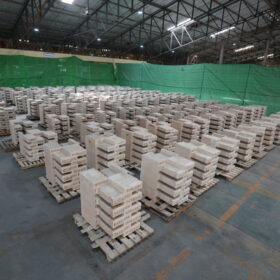Hydro-solar hybrid starts commercial operations in Thailand
The Generating Authority of Thailand (EGAT) has confirmed that a 24 MW floating hydro-solar hybrid project has commenced commercial operations in northeastern Thailand. The installation is part of wider plans to develop 16 floating solar projects with a combined capacity of 2,725 MW.
New anti-reflective coating for silicon solar cells
Developed by an international research group, the novel anti-reflective coating is based on silicon dioxide and zirconium dioxide. It reportedly minimizes a solar cell’s reflection loss, while enhancing its light absorption properties.
South East Asia sees renewed interest in utility scale floating solar
Indonesian president Joko Widodo inaugurated a 145 MW floating solar plant in Java this week, while module manufacturer Husaun Energy said it will supply 60 MW of heterojunction solar panels for Grow Energy’s Thailand floating PV projects.
New research sheds light on off-grid solar costs in remote villages
An international research group has assessed the economic feasibility of exclusively powering remote villages in Pakistan with off-grid solar-plus-storage projects. They said that their proposed system configuration has a “justifiable” net present cost.
The ‘next big thing’
The PV industry in Southeast Asia has come a long way since guest author Ragna Schmidt-Haupt, partner at Everoze, reported on solar financing innovation in the region more than a decade ago. In this article, she outlines five factors for success, the newest of which has the potential to become a game changer, and not only in Southeast Asia.
Machine learning for predictive maintenance in large-scale PV plants
Scientists have developed a machine-learning model – utilizing K-Means and long short-term memory techniques – that aims to overcome ‘fault detection and classification’ in the operation and maintenance of large-scale solar PV farms.
Southeast Asia has technical potential to deploy over 1 TW of floating PV
A group of researchers from the US National Renewable Energy Laboratory assessed the potential for floating PV (FPV) plants at reservoirs and natural waterbodies in 10 Southeast Asian countries. It found that the overall FPV technical potential for the region ranges from 477 GW to 1,046 GW.
Indoor perovskite PV solar cells with 32.0% efficiency
Scientists in Thailand built an indoor perovskite solar cell with low-cost carbon electrode architecture. The manufacturing process is based on antisolvent deposition and vacuum thermal annealing (VTA) and reportedly results in higher perovskite film quality.
The Hydrogen Stream: Lhyfe launches world’s first offshore hydrogen project
Lhyfe has started producing offshore hydrogen via a pilot project in France, and Toyota and its partners have agreed to invest in hydrogen in Thailand. The Australian authorities, meanwhile, have approved a hydrogen project in Victoria.
Rondo announces 90 GWh heat battery factory
U.S.-based Rondo Energy will operate the world’s largest battery factory in Thailand, two and a half times the size of Tesla’s Gigafactory.
